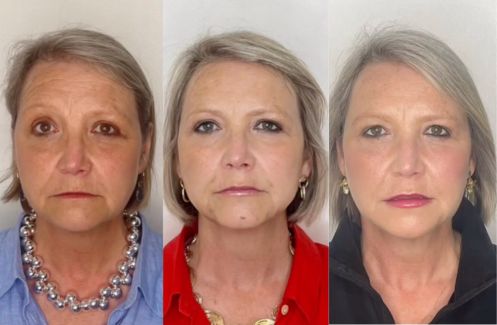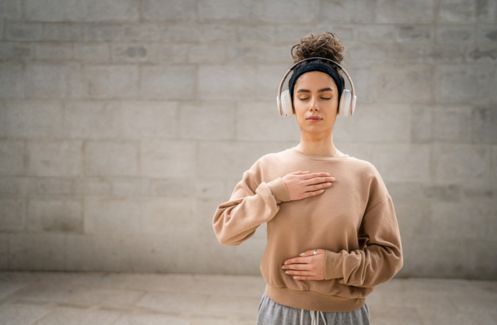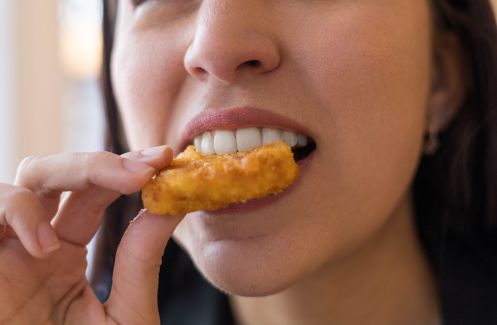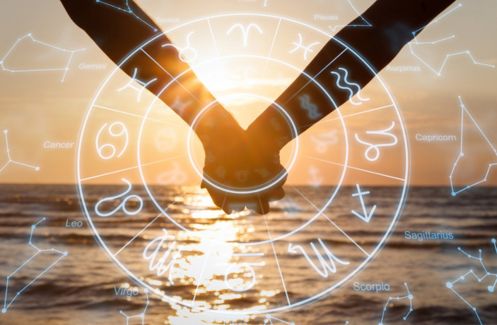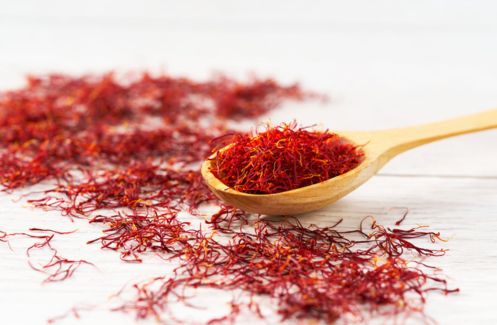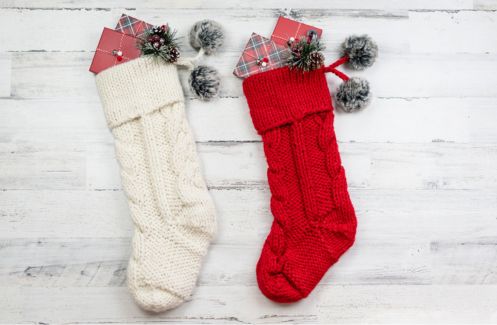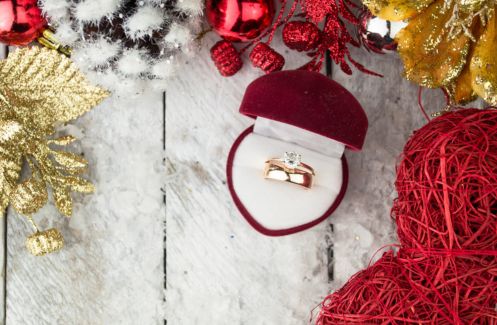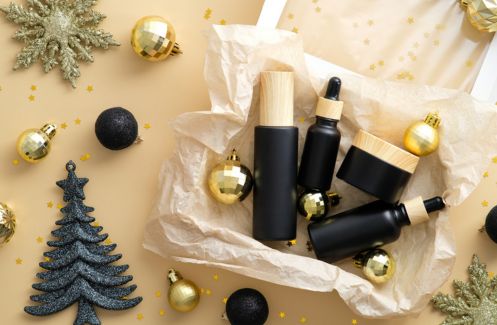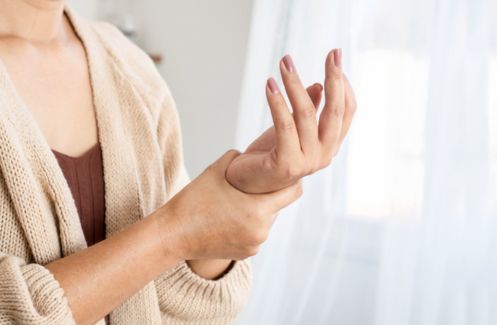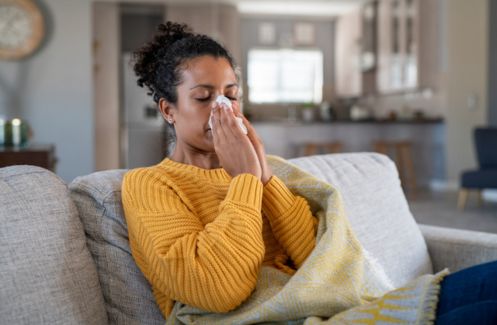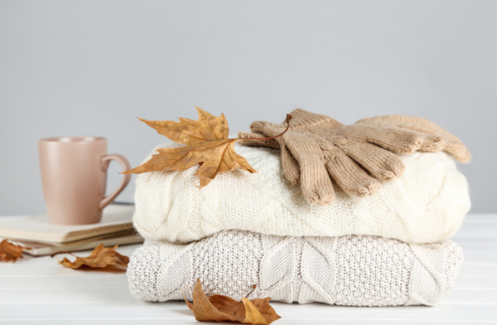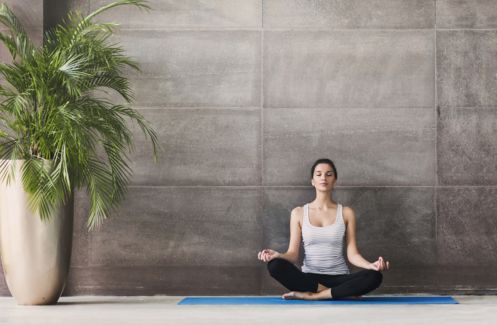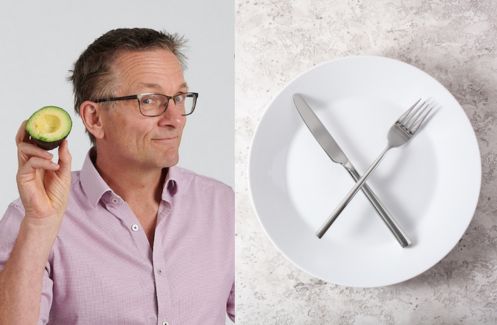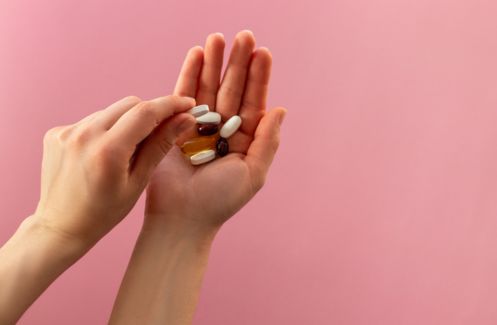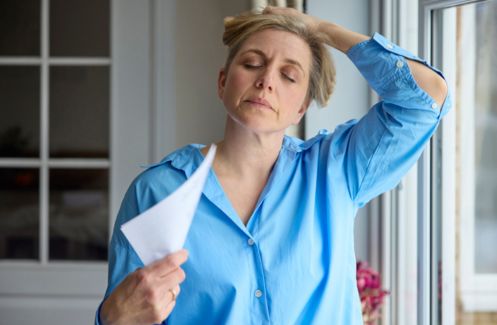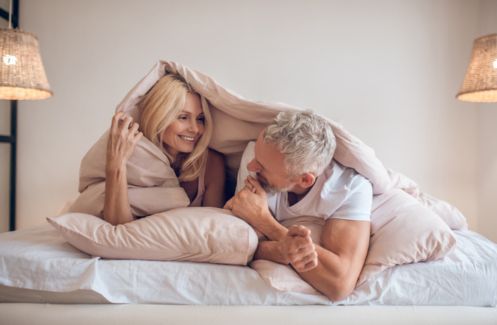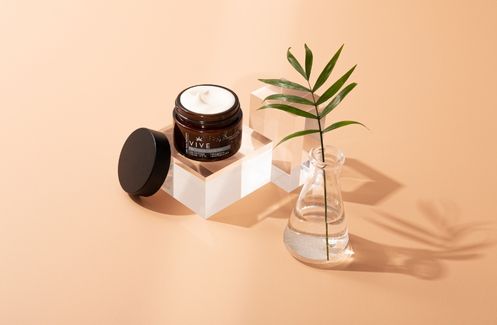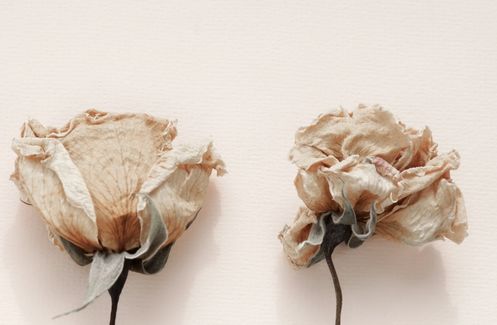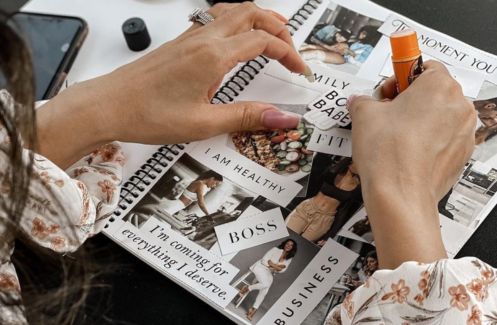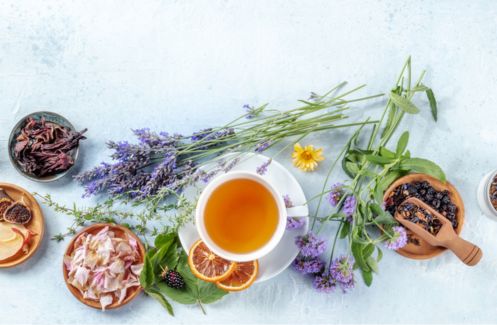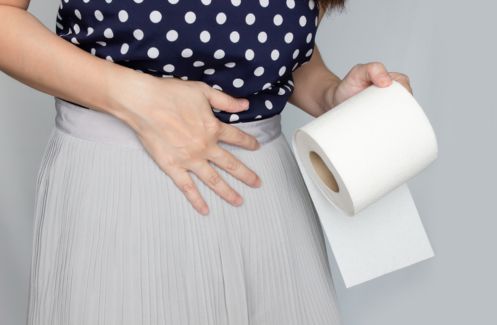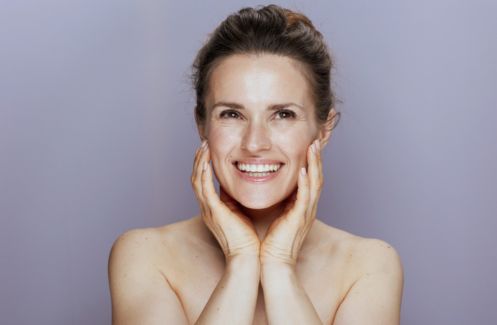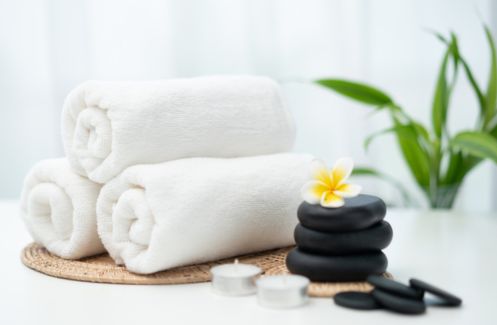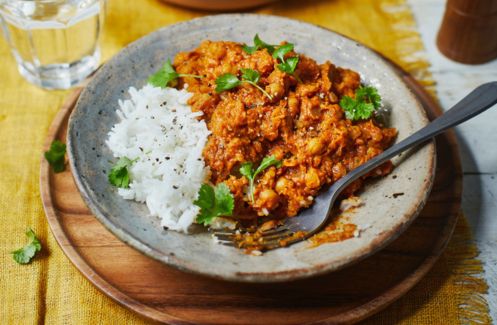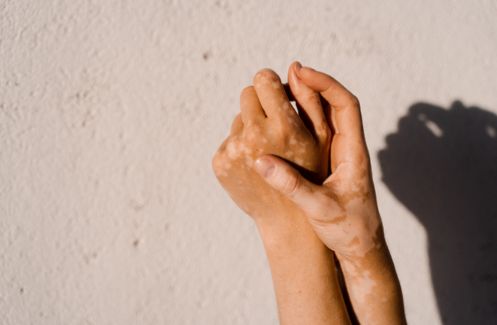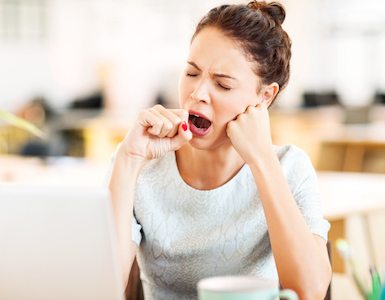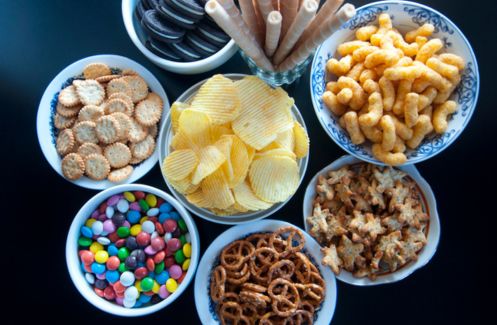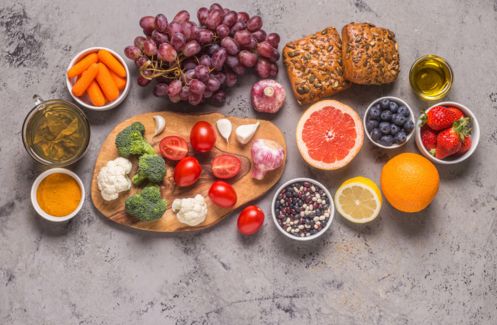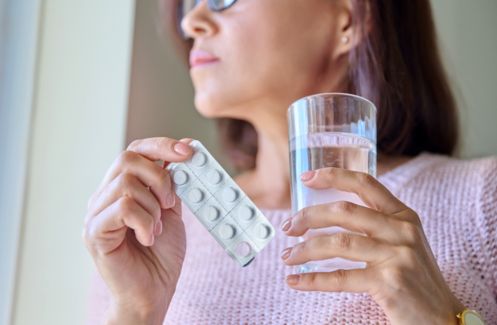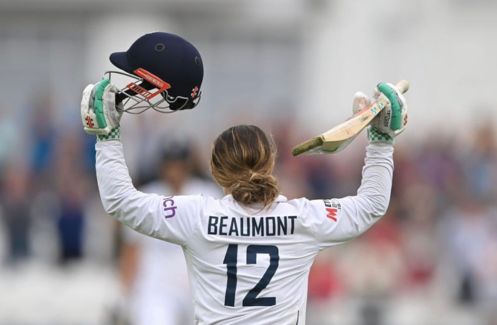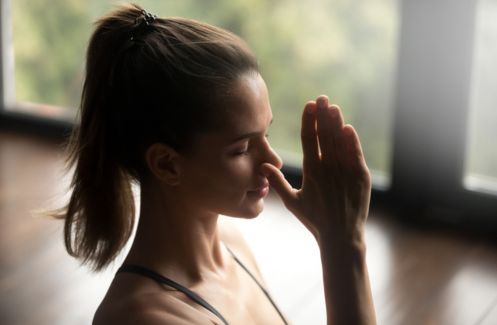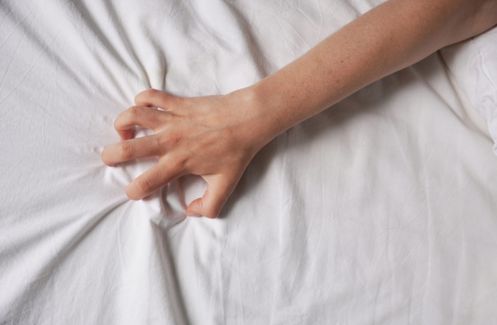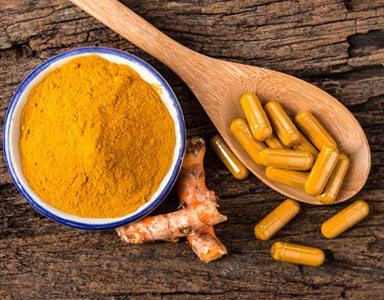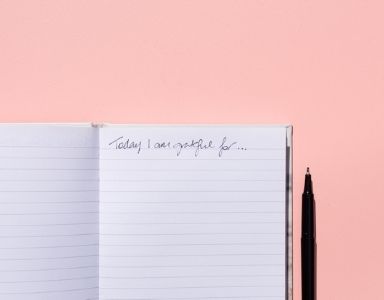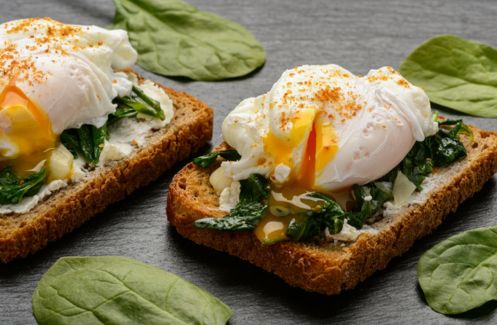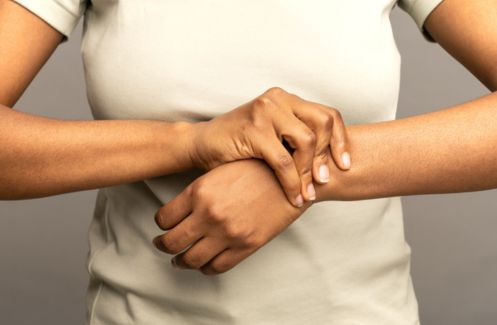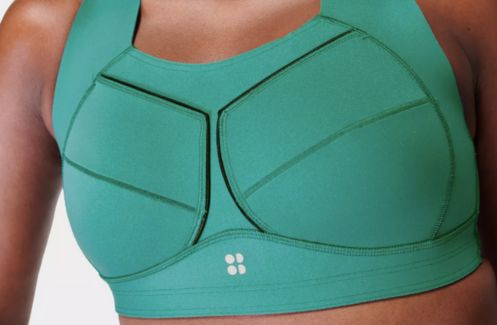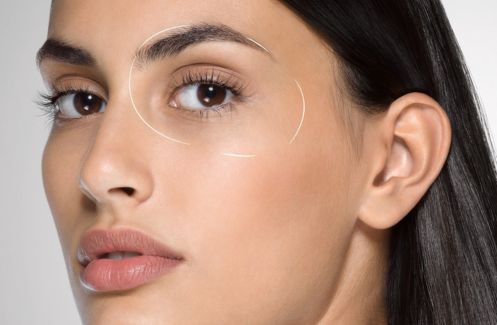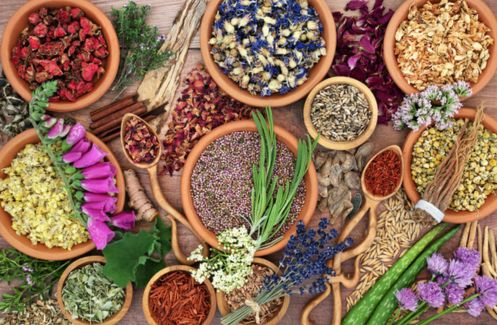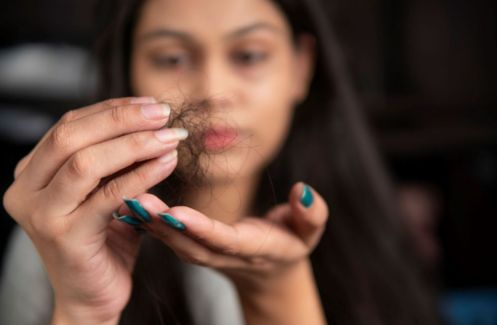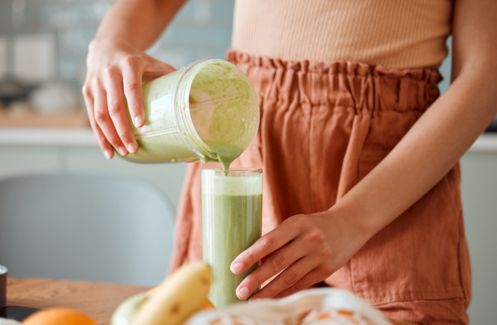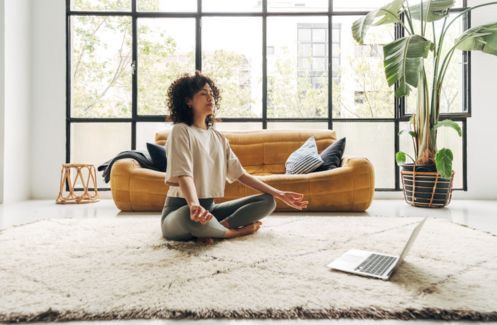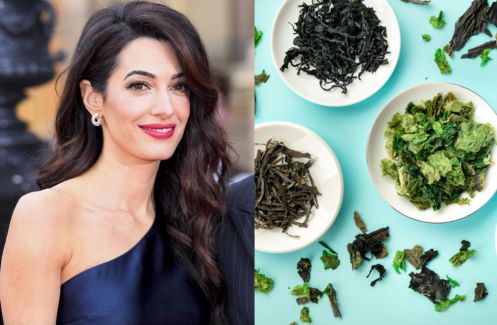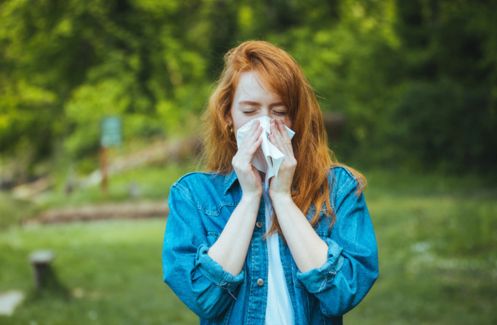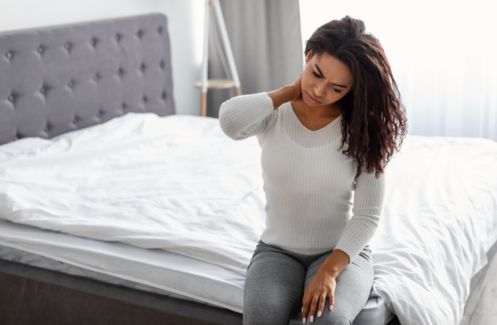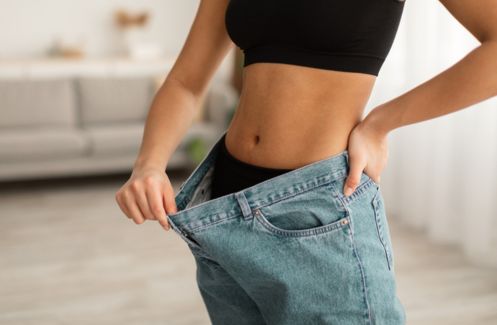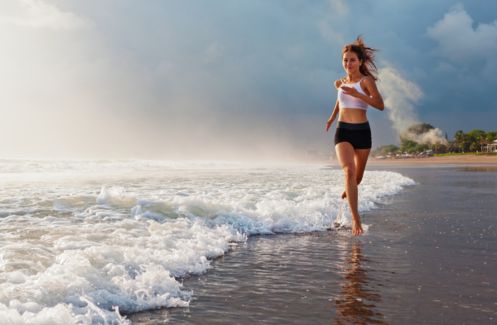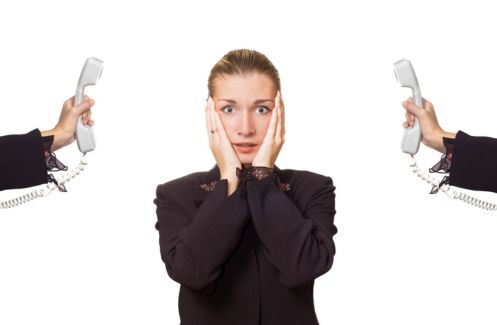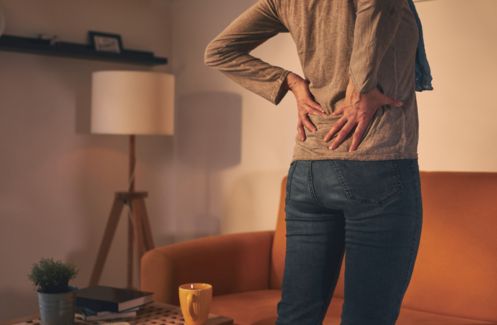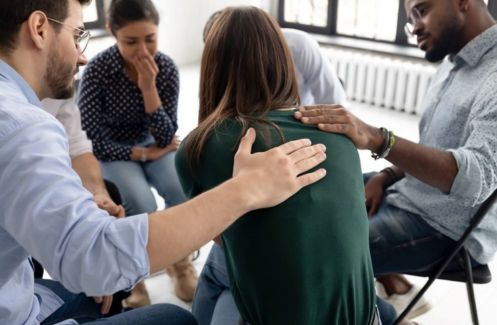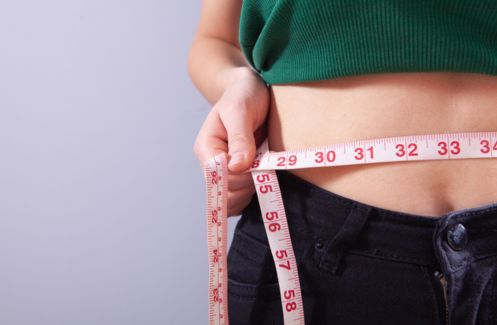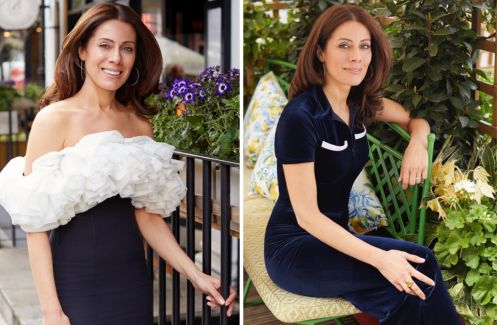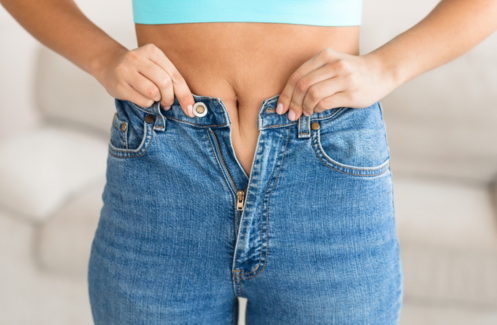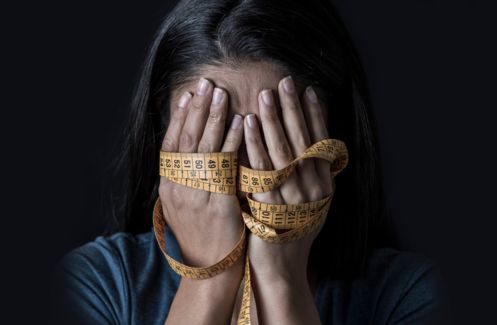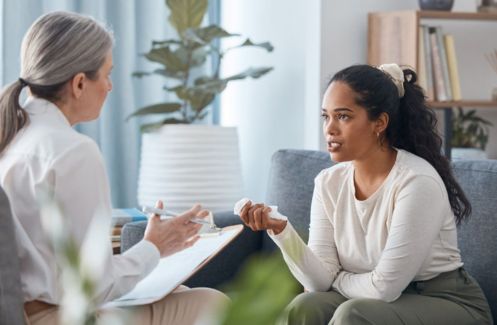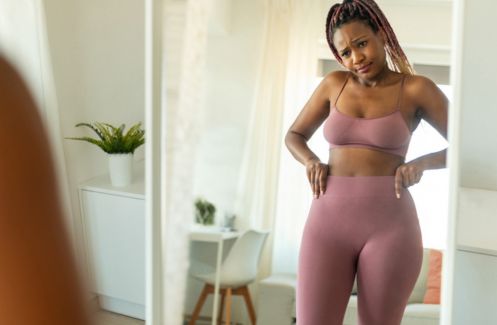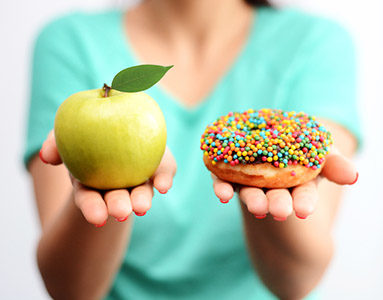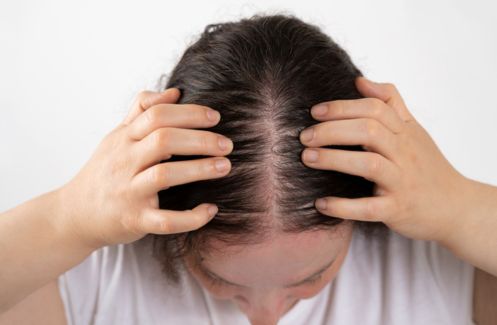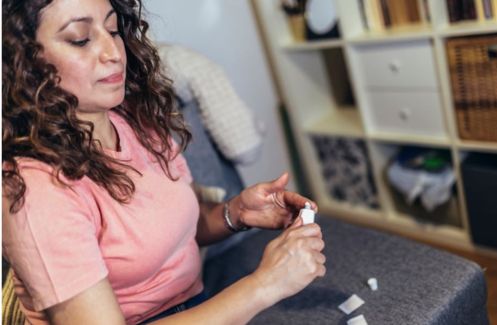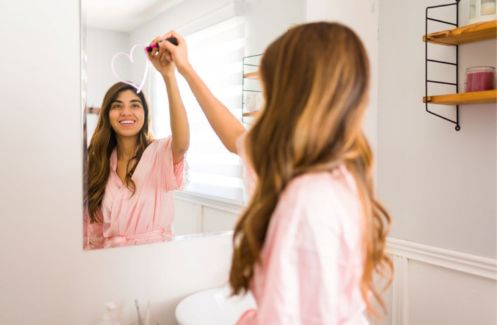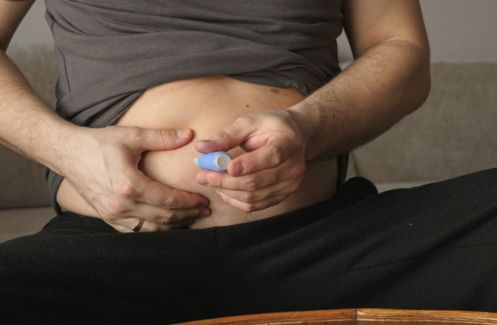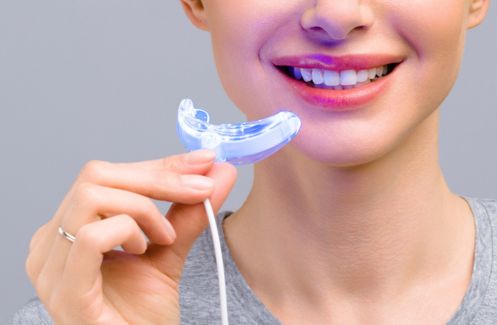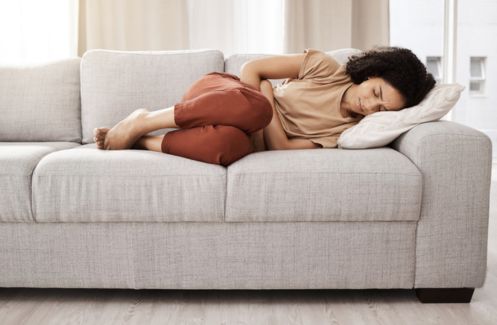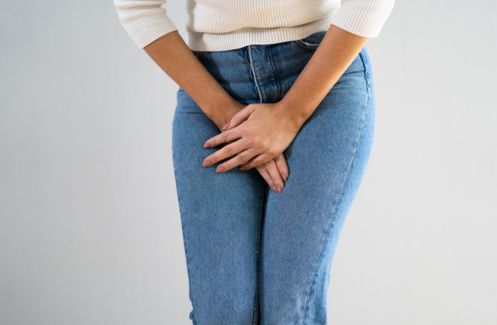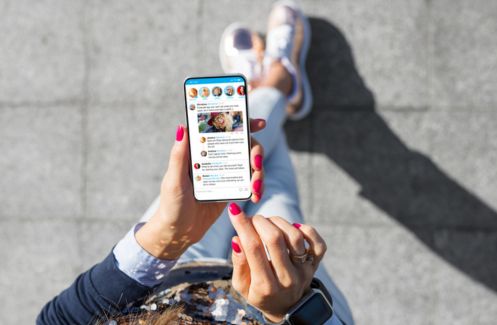Early last year, I had come to the end of a spate of work about breast cancer, making a couple of online films and writing features in the run up to October, which is breast cancer awareness month. Like many health journalists, I am a pathetic hypochondriac and – from HIV to diabetes, coeliac disease to chlamydia – become convinced I have absolutely everything I am writing about at any given time. In Ireland it got so chronic my doctor would open by not inquiring about symptoms but instead asking what I was working on.
But this time I couldn’t argue with the distinct pea I could feel a little to the right of the nipple of my right breast one morning. I was following my own breast awareness ‘know what’s right for you’ instructions that I had written earlier that week for a monthly glossy. The little lump of congealed something-or-other wasn’t gritty or hard like a marble, but more like a small ball of excessively hard cheese or a little pea. Yes, a pea. I thought back to a spirited young thirty something I had interviewed some ten years earlier who had described her breast cancer with the same words – a little pea. Hers had turned out to be so aggressive that she became one of the first women to be put on early trials of monoclonal antibodies (Herceptin-like drugs) which were powerless it seemed at stopping the cancer from ravaging her body, hard as she fought, and she died. I felt it again, this time kneading it and hoping it might melt away or dissolve, like congealed or malleable fat. Nope. This was a pea alright and it wasn’t going anywhere.
I went to my doctor. Look, I know GPs are under pressure, under-valued yadder yadder yadder but this woman makes every other medical experience I have ever had – including a late night episode in Dublin’s busiest A&E department in the Mater Hospital, located in Dublin’s lowest-rent vicinity and peopled at the time by nutters in the waiting room who had brought in their girlfriends after breaking bottles over their heads – look like a hay ride in the park. The Dublin experience wasn’t pretty but the treatment was good and fast, warm and caring. My GP on the other hand has that one thing I can’t fathom in any professional. Tired indifference. I speak. She yawns. Invariably, she says, don’t worry it’s probably nowt. Perhaps she too has become weary of my hypochondria but for heaven’s sake – there was a lump in my breast. By the way, while most of us want a doctor whose first god is cold hard science, I see on her wall a framed picture that says s ‘Jesus will prevail’ and shudder. She didn’t even examine me. Said it was my period.
Thankfully though, I managed to see a locum after my period. As I took off my top, I felt the chill in the room hit my breasts. As I looked down at them, they seemed so loveless and bare and I don’t know, there. You don’t really think of your bare breasts as an entity while you’re showering or getting dressed, only when you’re making love or – I now realised – while having them medically examined by a stranger. It felt unfathomably sterile and painfully human. As I purposefully looked down and studied the lino floor – anything to avoid eye contact – he did the same, frowning and pressing hard into the fatty tissue of my breasts, nipples, underarms, collarbones. Along with the pea, he found another lump on the top left hand corner of the same breast. He seemed to know everything about the screening red tape I was about to face but had the kind of medical enthusiasm that meant he was somehow able to get me and my panic into the Newham Hospital breast care clinic for Monday – it was Friday.
Two days before, I had interviewed an oncologist called Dr Elinor Sawyer, of Guy’s & St Thomas Hospital and had said to her ‘You know what, the thought of losing my hair is so frightful, if I was diagnosed I would probably refuse chemo.’ She wasn’t outraged or even surprised and said, ‘You have no idea how often I hear that, probably every day.’
But something changed the minute I knew those lumps were inside me. I started to imagine living without hair, without muscle and even without breasts and I didn’t care, as long as I didn’t have to live without well, a life. Kevin, horrible, hilarious man in his way kept making blacker-than-black remarks about my life insurance and how he would be drinking blue vodka in Barbados on the shores of Sandy Lane with Simon Cowell by December. Cancer jokes became the order of the day as I waited for my diagnosis.
God mammograms hurt. Apparently if you have small breasts it’s harder to see the bits they need which means they have to squeeze the bejaysus out of each tit respectively between two cold steel plates until it is as flat as a pappadom. Not once but about six times. Thankfully, I was heartened by my radiologist not believing my age for a second (I am so insecure that such a complement, genuine or not, was a pain reliever better than heroin). Plus, because I am mercifully still many (well okay, only eight) years off 50, mammograms aren’t enough so I needed an ultrasound too. Imagine that thing you see them doing during the emo bits of rom-coms where the husband and preggers wife go and have their first 12-week scan. Well, it’s that, but happening on your boob.
‘Your breasts are full of cysts,’ said the ultrasound nurse. ‘But you don’t have cancer.’ Turns out, I have a harmless but uber-common condition called fibrocystic breasts, lumpy breasts to you and me. The words ‘don’t, ‘have’ and ‘cancer’ were all I cared about. I put on my top, my sunnies and walked merrily out of Newham Hospital, leaving behind its antiseptic aroma and idle wandering sickly.
Now though, I have become even more acutely aware of the enormous number of women in the UK and all over the world who don’t have cycsts but breast lumps that may kill them. 12,000 a year will die. 500,000 right now are living with breast cancers. And while they may not have their own breast tissue, or their hair, many have their lives. That’s thanks to some of the incredible work being done in breast cancer research and treatment today.
I remember when I was at school knowing at least two girls whose mothers died swift but awful and premature deaths in the 80s at the hands of a cruel breast lump, one friend lost her sister too, brutally at the age of only 26. I think today, those women might have been saved because of the breakthroughs in treatments such as Herceptin and Tamoxifen as well as radiotherapy, chemotherapy, screening and awareness.
Perhaps most important is doing our own breast checks, something I was always crap at (despite knowing the risks full well). Until this happened.
For you, Healthista has put together a need-to-know guide from a leading breast nurse about doing your own checks and what to do if you find a lump:
BREAST CANCER: WHAT YOU NEED TO KNOW
With Dr Carmel Sheppard, consultant breast cancer nurse at Portsmouth Hospitals NHS Trust Breast Services
How do I check my breasts?
- Post-period check – Before and during your period, the glandular and fatty tissue in your breasts seperates and makes them feel lumpier than usual. Always check your breasts straight after the end of your period.
- More than a lump hunt – Any new lumps are important but look out for other sudden changes such as skin or nipple differences, discharge, nipple or skin retraction or dimpling on the skin’s surface as well as asymmetry (most breasts are asymmetrical but if you notice any sudden differences in size, tell your GP).
I have found something – what now?
Step 1: Report to your GP – Don’t panic – 90 per cent of breast lumps are benign. Your GP will examine you and refer you to your nearest NHS hospital breast unit. Current guidelines state you must be seen within two weeks.
Step 2: Same-day breast testing – Most breast units now provide initial investigations on the same day. These include a mammogram if you’re over 40 or an ultrasound if you’re under 40 and will determine whether this is a solid lump or just a cyst.
Step 3: Further checks – If this is a solid lump you would then have a core biopsy, done under local anaesthetic using a tiny instrument that takes small particles from within the lump (or other breast change) and sends it off for lab testing. Results come back about a week later and will be delivered to you at the breast unit where support is available and your options for next steps will be explained.
More information – breast awareness breastcancercare.org.uk, research into a cure breastcancercampaign.org.uk
Like this article? Sign up to our newsletter to get more articles like this delivered straight to your inbox.















